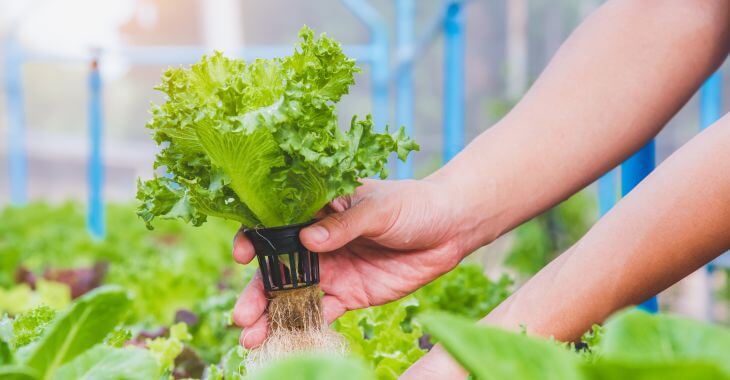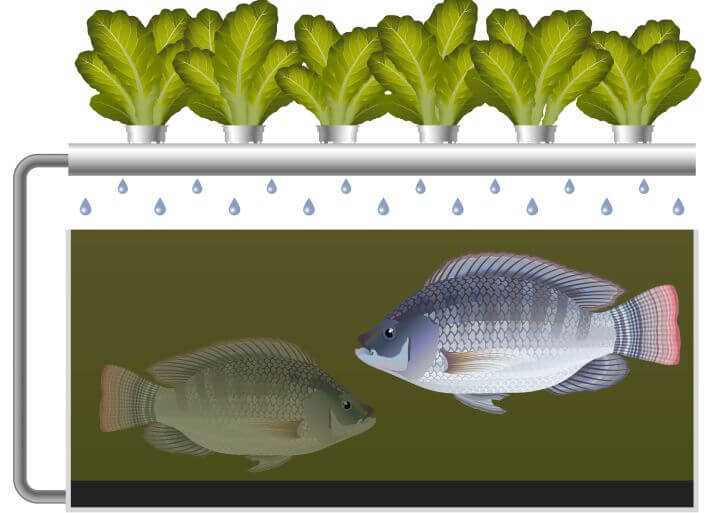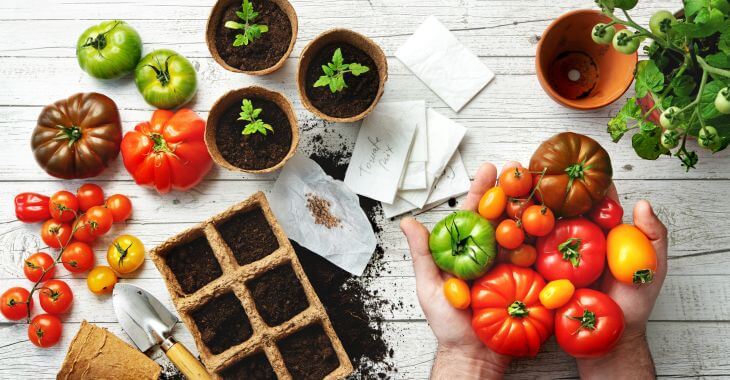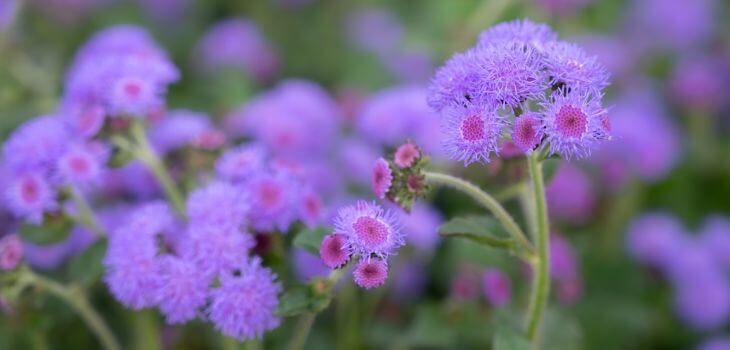Which Is Better? Aquaponics vs Hydroponics

Are you considering using a soil-free growing system for your garden or crops? Both aquaponics and hydroponics offer an option for growing your plants in water without soil, but which is better for your needs? When it comes to hydroponics vs aquaponics, you need to consider the costs, maintenance and limits of each option to decide which is best for your growing project. Here are the basics and differences regarding aquaponics vs hydroponics, to help you decide which is better for your growing system.
What Is Aquaponics?
Aquaponics farming involves combining fish and plants for growing and harvesting both. This is a soil-free growing option for plants, but it also can allow you to grow fish or other water life at the same time for harvesting. The principle of aquaponics is that the fish create the needed bacteria and nutrients to feed the plants and the plants provide water cleansing for the fish. The combination of the two can create a low maintenance option for growing plants and fish at the same time. Some basic principles of aquaponics include:
- A fish tank is needed to hold the water and fish – it may need to be temperature-controlled
- Growing beds at the surface of the fish tank contain the plants
- The fish create all the needed nutrients for the plants
- The plants do not require nutrients from the grower, but the fish require food supplements
Aquaponics offers several benefits. Growers can obtain both plants and fish to harvest from the same operation. Whether it is for your own use or to sell, the dual harvest can be cost-effective and profitable. There is very little maintenance involved and there are many environmental benefits. The drawbacks of this system are the limits in types of plants and the size of the operation. The electrical costs can be more than a hydroponic system and there are concerns with bacteria contamination of the plants.
What Is Hydroponics?
The other popular soil-free planting option is hydroponics. This system does not have any fish or water life involved, only plants. There are several different types of hydroponic methods, but they all involve the same principles. The water beds are used to feed the plants all the nutrients they need in a controlled environment. This can produce a higher yield than planting in soil and offers many environmental benefits, similar to aquaponics.
Hydroponics offers many benefits for growing crops. A wide variety of plants can be grown using hydroponics year-round. It can save on space compared to soil planting, and it can be used indoors or outdoors, depending on your climate. The drawbacks involve the expertise and maintenance needed to use this system – the plants will depend on the grower for adding the needed nutrients to the water versus getting the nutrients from soil.
Choosing Between Hydroponics vs Aquaponics
If you are interested in soil-free growing for your business or personal use, how do you choose between aquaponics vs hydroponics? Both will require buying equipment – aquaponics will require a fish tank and heating elements while hydroponics will require water holding tanks and air stones or pumps. Both offer environmental benefits, using much less water than soil planting. Both can be used indoors and year-round. To determine which is better for your growing needs, consider these differences between the two:
- The start-up costs are less for hydroponics, especially for small operations.
- Hydroponics is better for growing a wide variety of plants – aquaponics is limited to a few varieties, primarily leafy vegetation like lettuce varieties.
- Aquaponics can produce both fish and plants for double harvests and double value.
- Aquaponics requires less maintenance – feeding the fish is the main concern, since the fish provide the plants the nutrients they need.
- Hydroponics requires more maintenance, but less space.
If you want to grow a variety of plants and have limited space or budget, hydroponics is the right soil-free option for you. You can begin a small operation for less than a $1,000 and plant indoors or outdoors. If you like a system that requires very little maintenance and you could use the fish that feed your leafy plants, aquaponics is a great choice for your needs. The startup costs are more, but your dual harvest of fish and plants can be worth the investment.

Whether you want to start your own personal greenhouse for year-round gardening or you are considering starting a grow business, soil-free planting is a cost-effective and eco-friendly option. Once you invest in the initial equipment, you can reap the rewards of your harvests for years to come. To decide which is best for your needs – aquaponics vs hydroponics – talk to a local expert. Many landscapers and landscape suppliers use soil-free growing methods and can offer advice on how to get started with these growing methods.

